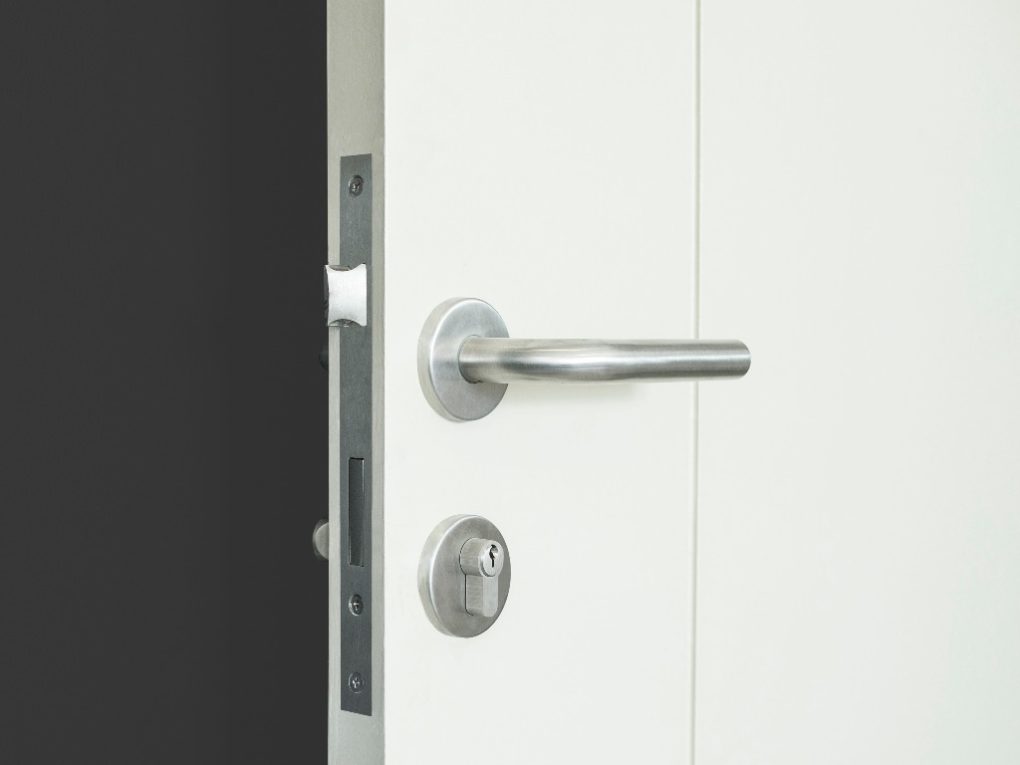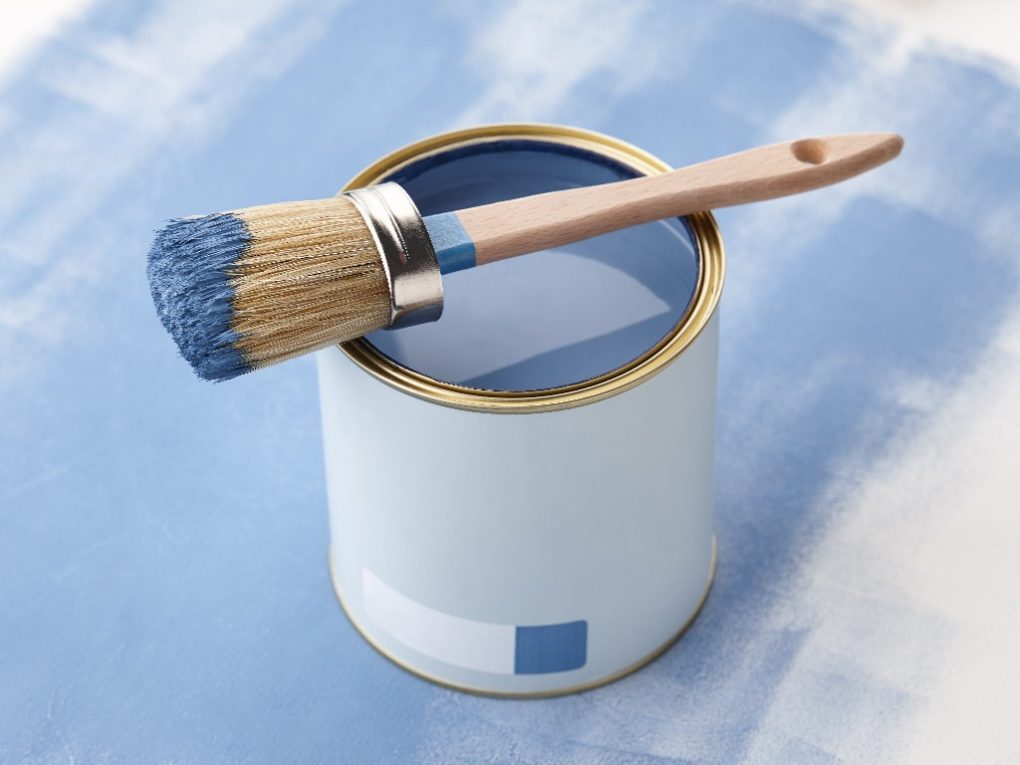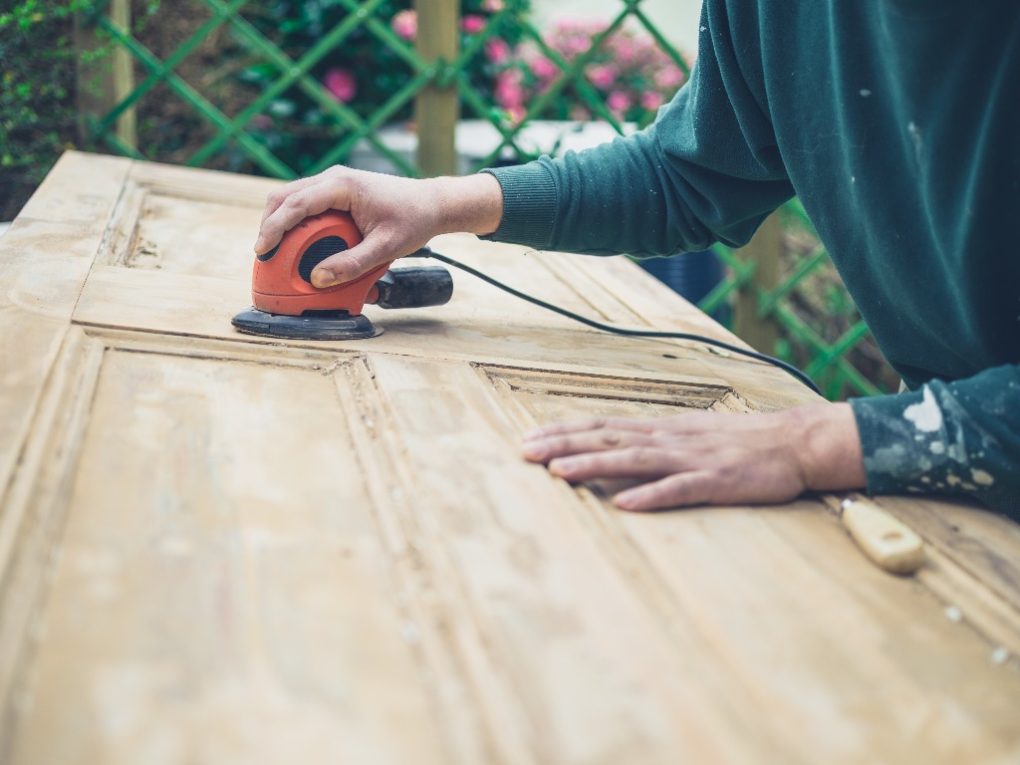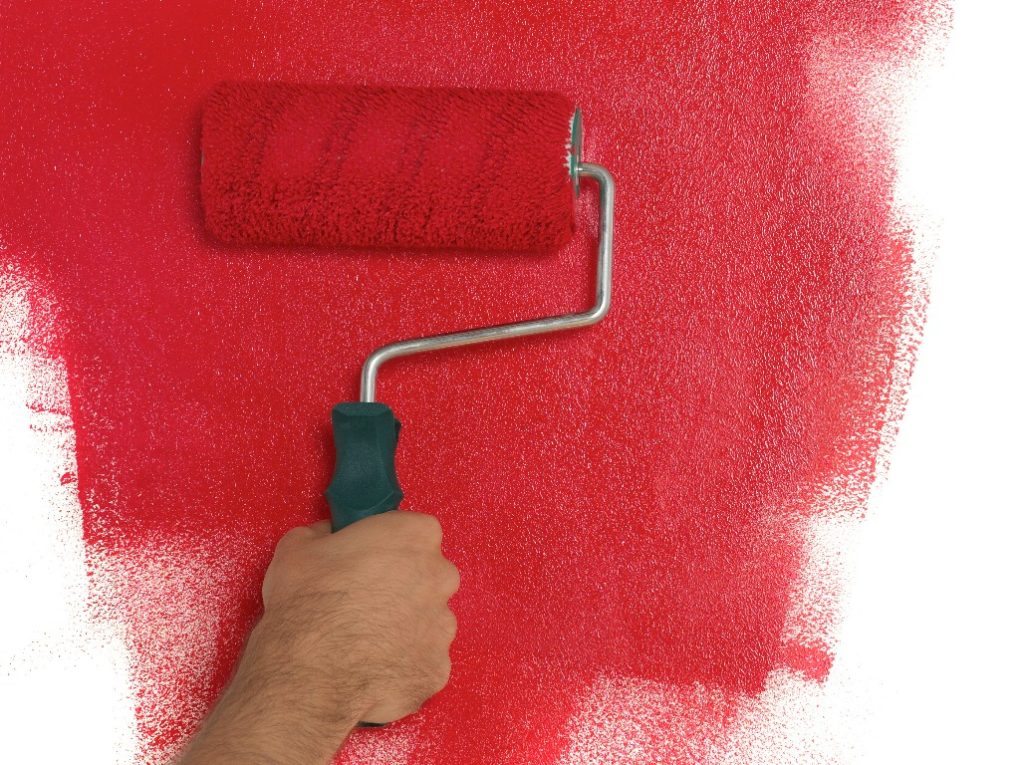What Type of Paint Is Best for Interior Doors: A Comprehensive Guide
When it comes to painting interior doors, there are several types of paint to choose from, and the best one for your project will depend on your specific needs and preferences. Latex paint is a good choice because it dries quickly, has low VOC levels (volatile organic compounds), and is easy to clean up with soap and water. It is also available in various finishes, including flat, eggshell, satin, semi-gloss, and high-gloss.


Types of Paints for Interior Doors
Latex Paint
Latex paint is a popular choice for interior doors because it is easy to clean up, dries quickly, and has a low odor. It is also more environmentally friendly than oil-based paint. According to Hillis Brothers Painting, latex paint is water-based and comes in various finishes, including matte, eggshell, satin, and semi-gloss. It is also available in various colors, making finding the perfect shade for your interior doors easy.
One of the many benefits of latex paint is that it is less likely to yellow over time than oil-based paint. This is especially important if you are painting white or light-colored doors. Latex paint is also less likely to crack or peel, making it a good choice for doors that use a lot.
Oil-Based Paint
Oil-based paint is a traditional choice for interior doors. It is durable and provides a hard, glossy finish. Oil-based paint takes longer to dry than latex paint and has a stronger odor. It also requires mineral spirits for cleanup.
Oil-based paint is a good choice for doors that get a lot of wear and tear, such as those in high-traffic areas. It is also a good choice for doors that are exposed to moisture, such as those in bathrooms or kitchens.
Chalk Paint
Chalk paint is a newer type of paint that has become popular in recent years. It is a water-based paint that has a matte, chalky finish. Chalk paint is easy to apply, dries quickly, and is easy to distress, making it a good choice for creating a vintage or shabby-chic look.


But based on experience, chalk paint is not as durable as latex or oil-based paint, so it is not a good choice for doors that get a lot of use. There are also better choices for doors exposed to moisture. However, if you are looking for a paint that is easy to work with and can create a unique look, chalk paint may be a good choice for your interior doors.
Factors to Consider
Durability
Durability is one of the most important factors when selecting the best paint for interior doors. A durable paint will withstand daily wear and tear and last for years without chipping or peeling. Alkyd and oil-based paints are known for their durability and are popular for interior doors. These paints are resistant to stains and can be easily cleaned.
Ease of Application
Another important factor to consider is the ease of application. A paint that is easy to apply will save time and energy during the painting process. Acrylic paints are known for their ease of application and are a popular choice for DIYers. These paints are water-based and have a low odor, making them easy to work with.
Drying Time
The drying time is also an important factor to consider when selecting the best paint for interior doors. Quick-drying paints are a popular choice for those who want to save time during the painting process. However, it is important to note that quick-drying paints may provide a different level of durability than slower-drying paints.
Preparation
Before painting an interior door, it is important to prepare the surface properly. This will ensure the paint adheres well and provides a smooth, long-lasting finish. Proper preparation involves cleaning and sanding the door and priming it before painting.
Cleaning and Sanding
The first step in preparing an interior door for painting is to clean it thoroughly. This will remove any dirt, grime, or grease that may be on the surface, which can interfere with the paint’s adhesion. A degreasing cleaner can be used to clean the door. After cleaning, the door should be sanded to create a smooth surface for the paint to adhere to. Sanding will also help to remove any old paint or varnish that may be on the door.


It is important to use fine-grit sandpaper, such as 220-grit. Sand in the direction of the wood grain, and be sure to sand all surfaces of the door, including the edges. After sanding, wipe the door down with a damp cloth to remove dust or debris.
Priming
Once the door is clean and sanded, it should be primed before painting. Priming will help seal the surface, prevent stains from bleeding, and provide a smooth base for the paint to adhere to. A high-quality primer should be used, such as a bonding primer specifically designed for interior doors.
When applying primer, apply a brush or roller evenly over the entire surface of the door, including the edges. Be sure to follow the manufacturer’s instructions for drying time and re-coating. Once the primer is dry, the door can be painted with the chosen paint color.
Application
When painting interior doors, the application process is as important as the type of paint you choose. Here are some tips to ensure a smooth and professional-looking finish:
Brushes and Rollers
For best results, use a high-quality brush or roller designed for use with the type of paint you’ve chosen. A 2-inch angled brush is ideal for painting the edges of a door, while a 4-inch roller is best for flat surfaces. Be sure to use a roller cover with a nap appropriate for the door’s texture.


Technique
Before painting, clean the door with a degreasing cleaner and fill any holes or imperfections with sandable filler or spackle. Once the surface is prepped, apply a coat of primer if your paint doesn’t have primer included.
When painting the door, start with the edges and work inward. Use long, smooth strokes and avoid going back over areas that have already been painted. If necessary, allow the first coat to dry completely before applying a second coat.
It’s also important to pay attention to the temperature and humidity in the room while painting. Avoid painting in high humidity or extreme temperatures, which can affect the drying time and finish of the paint. Finally, be patient and take your time. Rushing the job can result in drips, uneven coverage, and a less-than-perfect finish.
